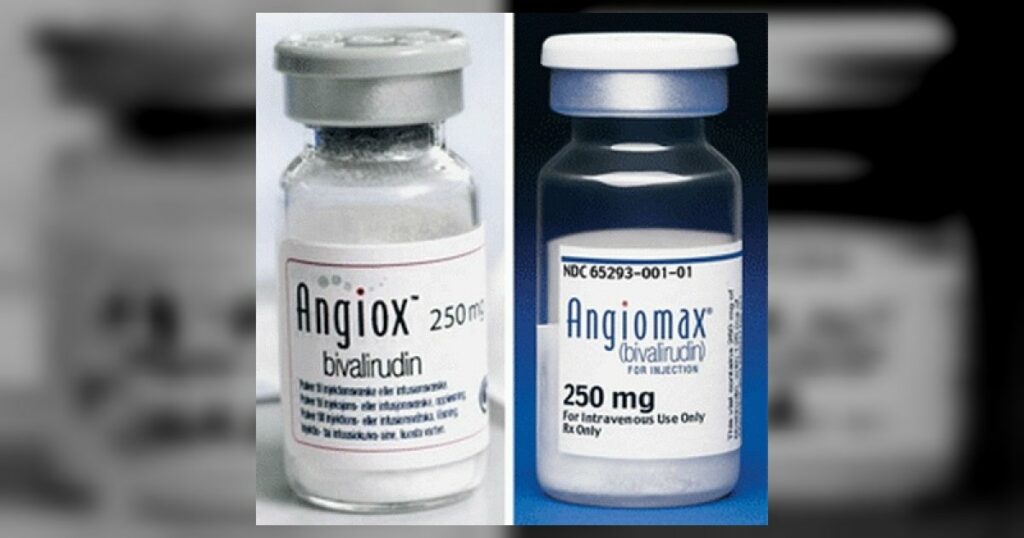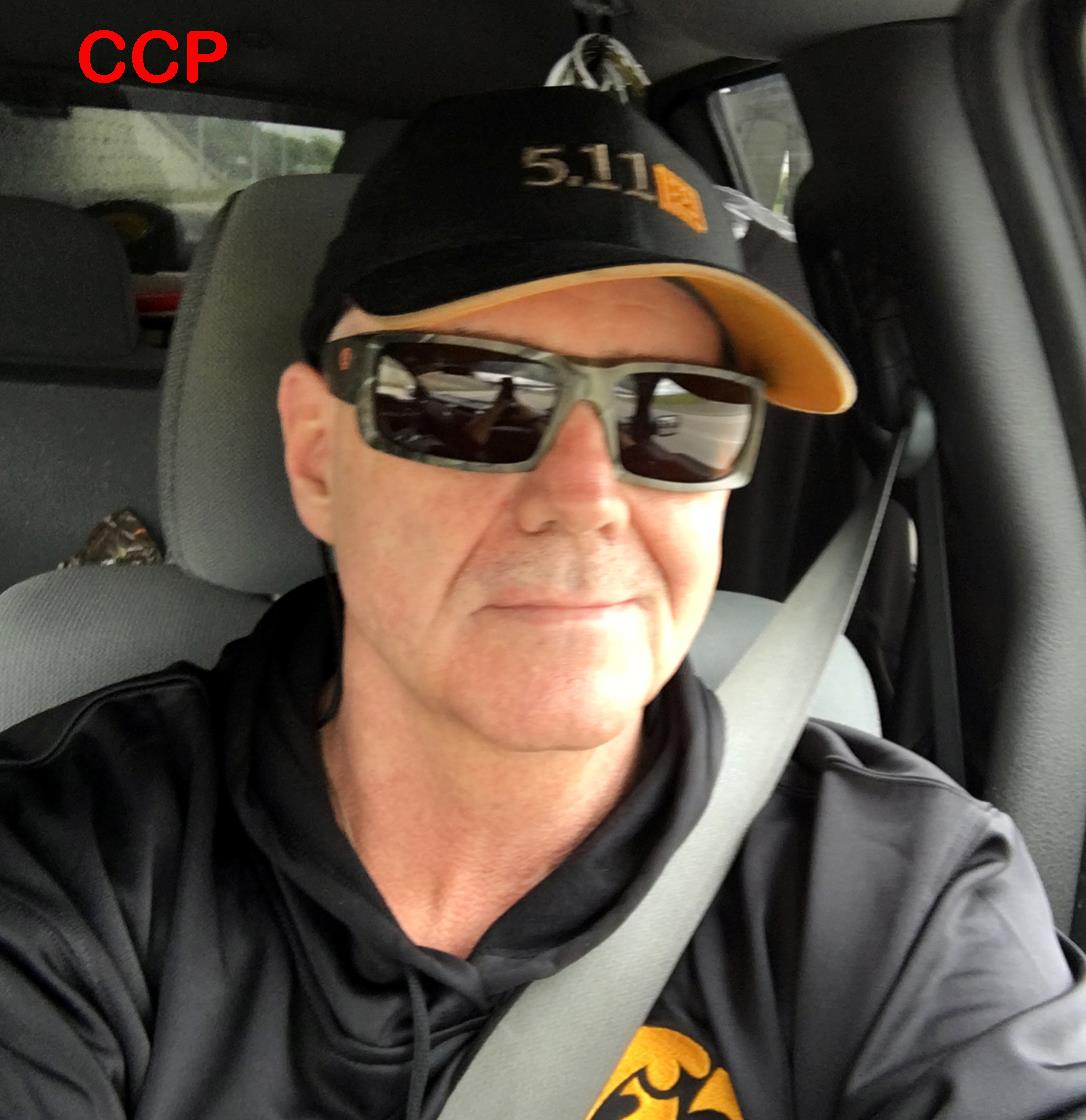Perfusion Policies 101: Angiomax


Editor’s Note:
The use of alternatives to heparin in terms of managing anicoagulation doesn’t come up often. It’s easy to get a bit rusty when it comes to using exotic agents such as Ancrod (Hirudin), Angiomax and similar agents.
So here is a brief refresher, and as always- a disclaimer here: Use this information with due prejudice, and verify through your own research and due diligence prior to implementing.
Angiomax Perfusion Considerations
- Reconstitute Angiomax in OR- 250 mg in powder with 5 cc NSS= 50 mg per ml.
- No heparin coated surfaces (circuit, CDI, Swann Ganz– etc)
- Angiomax ½ life = 25 minutes
- Will precipitate if blood is allowed to pool
- Observed clot in the pericardium (after Angiomax is bolused) is Normal- remove with cell saver suction- Not pump suckers!
- Angiomax is excreted via kidneys- Diurese postoperatively to get ACT back to baseline.
- Vancomycin may inhibit function of Angiomax. Uses dedicated infusion pump to avoid contact with vancomycin.
Dosing
- Target ACT is 500 seconds
- 1 mg per kg for initial dose
- Maintenance Dose: 1.75 mg/kg/hr (increase in 0.15 to 0.45 mg/kg/hr increments)
Perfusion Circuit:
Prime: Normal Add 50 mg Angiomax
Cardioplegia– Prefer Crystalloid only (if using blood- always recirculate Cardioplegia to Avoid Stasis!
Arterial Venous Bridge at field to recirculate after CPB
Remove CDI (Heparin issue)
Use Hemoconcentrator Only when rewarming- remove 300 cc and test act.
Continue with that algorithm- not allowing ACT to fall below 300 on CPB.
Other Considerations
Cooling Potentiates Action of Angiomax- and Warming accelerates excretion.
Rewarming and maintaining core temp at 37 Celsius is key- for Angiomax reversal!
Put 50 mg Angiomax in Pump after coming off bypass.
Update:
=
Click image above to view source article/presentation
=
Hirudin / Lepirudin / Bivalrudin
=
- Class of anticoagulants derived from leech spit
- Hirudin is the naturally occurring molecule 65 amino acid peptide
- Lepirudin is a recombinant hirudin structurally almost identical to natural peptide
- Bivalirudin is a synthetic analog 20 amino acid peptide: A Direct Thrombin Inhibitor
Mechanism of Action
- Blocks clotting activity of thrombin
- Binds 1:1 to thrombin (clot-bound and free)
- Independent of antithrombin III
- Not inhibited by Platelet Factor 4 (PF4)
- No cross reaction with HIT antibodies
=
Differences and Concerns
- Bolus and drip prior to bypass, Flush solutions, Cell Saver, Cardioplegia, Termination of CPB, Stagnant blood
=
Perfusionist Issues
- Anticoagulation
- Bypass Circuit
- Cardiotomy Suction
- Cardioplegia
- Ultrafiltration
- “Cell Saver”
Anticoagulation:
ACT: 2.5 x Baseline:
Q 30min
Circuit:
Non coated circuit:
Add A-V bridge at table using ¼ tubing
Cardiotomy Suction
If suctions are use, set cardiotomy height so there is no pooling in cardiotomy reservoir
Hemoconcentration
bolus of 0.3mg/kg
double drip rate
Cardioplegia
4:1 blood
flush line at table prior to each infusion
Cell Saver
Citrate as anticoagulant
Use 1500 ml wash
Check Ionized Calcium if there are
significant volumes from CS, treat if
clinically meaningful hypocalcemia is diagnosed
Dosing for open heart surgery
1 mg/kg loading dose
2.5 mg/kg/hour infusion dose started when loading dose given
50 mg in the perfusion circuit prime
Anticoagulation Monitoring
(When using a kaolin based act system)
After loading dose is given to the patient expect an increased ACT of 2.5 times baseline
A continuous infusion of 2.5 mg/kg/hr maintains the ACT at this target throughout bypass run
Monitor the ACT every thirty minutes unless the patient is being hemoconcentrated
If hemoconcentrating the patient then monitor the ACT every 15 minutes as the hemoconcentrator does remove bivalirudin
If the ACT should fall below the 2.5 threshold the patient can be rebolused with a dose of 0.2 to 0.5 of the initial loading dose.
** Adjusting the drip will not raise the drug level in a timely manner
Use of Bivalirudin During CPB
No need to redesign circuit
Normal components are set up in the standard fashion
The overriding concern is the elimination of areas of blood stasis throughout the circuit
Either an open system or a closed system may be used
Retrograde autologous priming may be used as long as initiation of bypass is within minutes
Keep level in venous reservoir around 1000 to 1200 mls. Put any excess volume in CPD bags for later use
Put clamp high on bypass loop around arterial filter to diminish stagnant blood in tubing
Put floppy sucker in left chest to remove stagnant blood
Cardioplegia administration
Using bivalirudin on bypass does not affect the choice of cardioplegia, cold or warm, crystalloid or blood based, or the route of administration, antegrade or retrograde.
When using crystalloid cardioplegia it is administered in its usual manner
When using blood based cardioplegia the time between doses should be minimized to avoid clots in the cardioplegia line.
It is reccomended to give cardioplegia after every distal or every 15 minutes which is routine in many clinical situations.
If the time between doses is longer then it would be prudent to flush the line at the table before each dose.
Weaning from bypass
Make sure the patient is warmed to 37 degrees C
Weaning from bypass is routine. If the patient is stable at 10 to 15 minutes the volume can be moved over to the cell saver and processed and returned to the patient.
If there is a delay in emptying the perfusion circuit, blood should be re-circulated either through an existing bridge or by putting a 3/8” to 1/2” connector on the table and reconnecting the AV loop.
** An additional 50 mgs of bivalirudin should be added to this circuit.
Special Considerations
Angiomax is excreted via kidneys- Diurese postoperatively to get ACT back to baseline.
Cell saver use is recommended and CPD can be used as an anticoagulant. What amounts of bivalirudin the process of cell saving removes are unclear at this time as there is no data.
As mentioned earlier hemoconcentration will remove circulating bivalirudin. Anticoagulation protocols must be monitored more closely and rebolusing used if the act levels fall below the 2.5 baseline threshold.
![]()
Acknowledgements:
=
I would like to thank Craig Vocelka, CCP Chief, Perfusion Services Division of Cardiothoracic Surgery at the University of Washington Seattle, Washington for his amazing and enlightening presentation from which the CPB management content in this post is gleaned.
![]()


